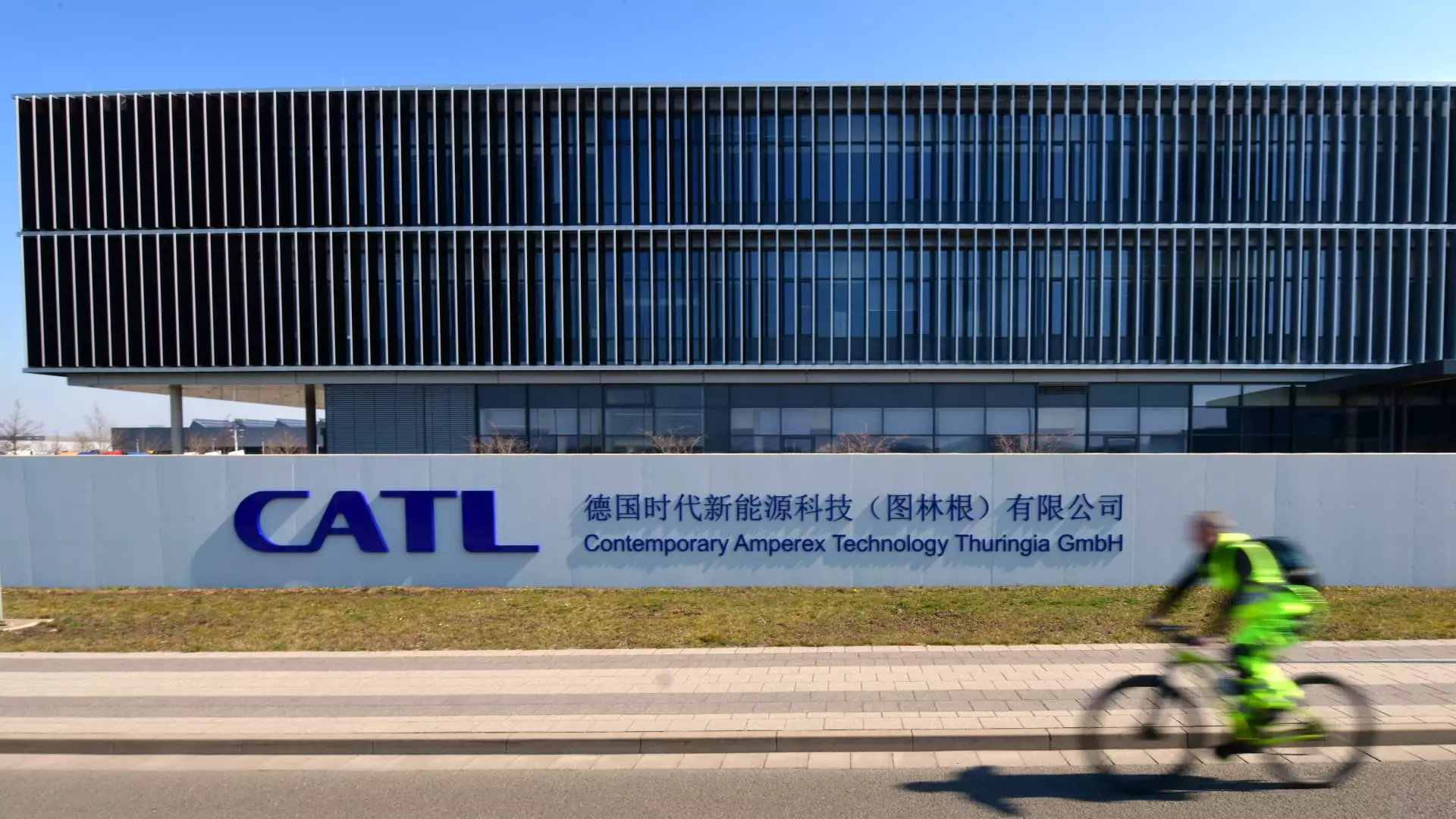In a surprising turn of events within the electric vehicle (EV) landscape, Contemporary Amperex Technology Co. Limited (CATL)—the world’s largest battery maker—has reported a staggering 9.7% drop in annual revenue. This downturn, reflected in their 2023 stock exchange filing, highlights an intensifying price war in mainland China’s EV market. The company’s annual revenue slipped to approximately 362 billion yuan ($50.01 billion), falling short of analyst expectations. This marks a troublesome milestone as it is the first such decline since their financial disclosures began in 2015, underscoring the challenges facing even the industry leaders in an increasingly cutthroat market environment.
Profits Amid Declining Revenues: A Paradox?
Amidst the concerning plunge in revenue, CATL managed to report a 15% year-over-year increase in net profit, reaching about 50.74 billion yuan. This paradox poses an unsettling question for analysts and stakeholders: how can a company experience a decrease in overall revenue yet see profits surge? The answer may lie in strategic cost management and a focus on high-margin products, but it also raises critical issues regarding sustainability in their pricing strategies. Such dynamics suggest that while CATL is successful in maintaining its margins for now, the long-term implications of a declining revenue base could signal trouble ahead in an ecosystem that values steady growth alongside innovation.
The EV Market’s Rollercoaster Ride
The Chinese EV segment saw an explosive growth of 40% in vehicle sales, leading to nearly 11 million units sold in 2024, a fact that amplifies the contradictions within this scenario. As CATL’s sales are closely tied to the electric vehicle boom, the juxtaposition of heightened demand and fierce competition raises critical questions. How much longer can CATL maintain its 45% market share amidst aggressive pricing tactics from rivals? While government-supported subsidies played a part in buoying the sector, long-term adaptability in this high-stakes arena will be pivotal. With competitors becoming increasingly adept at delivering quality products at competitive prices, CATL will need to innovate or risk erosion of its market dominance.
Global Implications and Political Backlash
The complexities of global operations add another layer of scrutiny. Recent actions by the U.S. Department of Defense, which has labeled CATL as a “Chinese Military Company,” could affect its trajectory beyond the revenue figures. Questions surrounding this classification highlight the intersection of technology and geopolitics that businesses like CATL must navigate. Such a designation could place significant constraints on procurement opportunities in the U.S. market, exacerbating market competitiveness and operational uncertainties. The firm has publicly denied these allegations and is trying to engage with the DoD to resolve these concerns, but the cloud of political scrutiny inevitably hampers its reputation and may affect investor confidence.
The Future: Localized Strategies and Global Collaborations
Despite these hurdles, CATL is not sitting idle. The company has invested in overseas operations, including a battery factory in Hungary to cater to automakers like Mercedes and BMW, alongside a joint venture with Stellantis for a lithium-iron phosphate battery facility in Spain. Such international ventures could serve as a buffer against local market volatility, granting CATL a multifaceted operational strategy that mitigates risk while positioning itself as a global leader. As competition heightens, the ability to leverage multiple markets will be crucial in overcoming internal and external challenges that could impede its growth trajectory.
In sum, CATL’s recent revenue decline illustrates that even titans are not immune to market forces. As the company strives to balance profitability with growth amid fierce competition and political scrutiny, its next steps will be closely watched by industry stakeholders.

